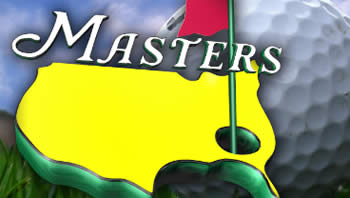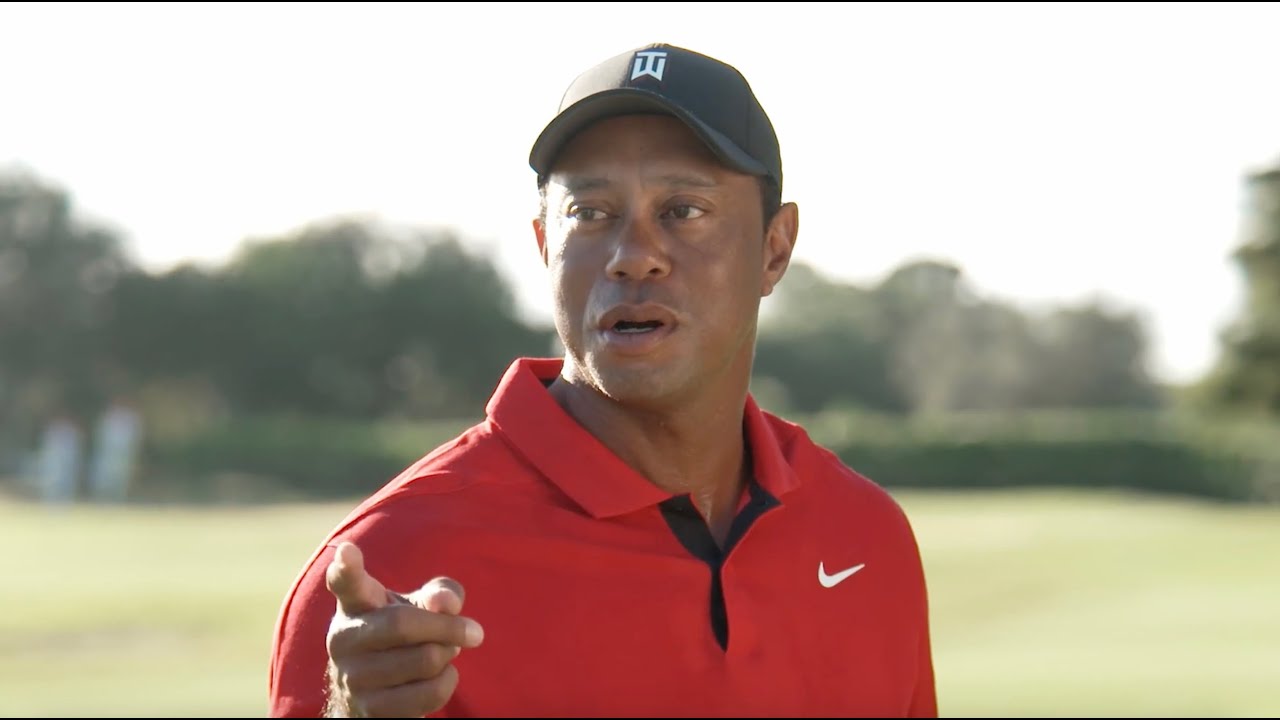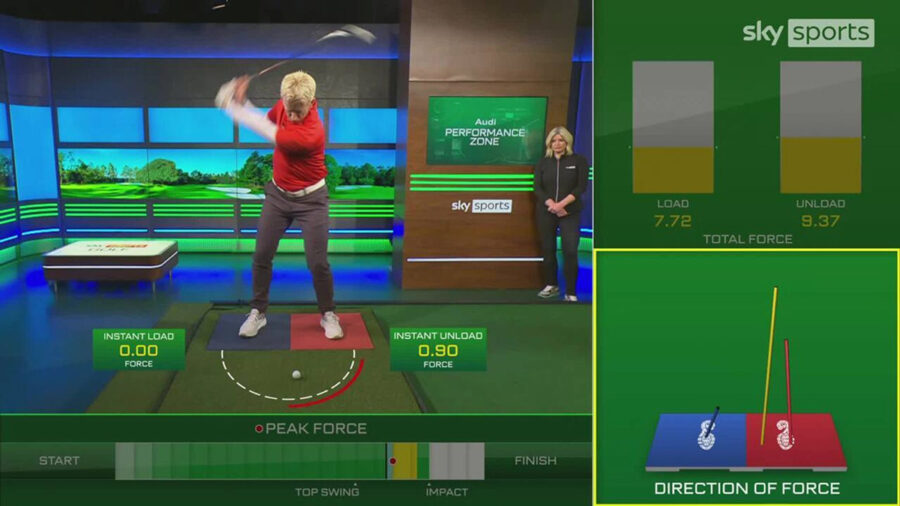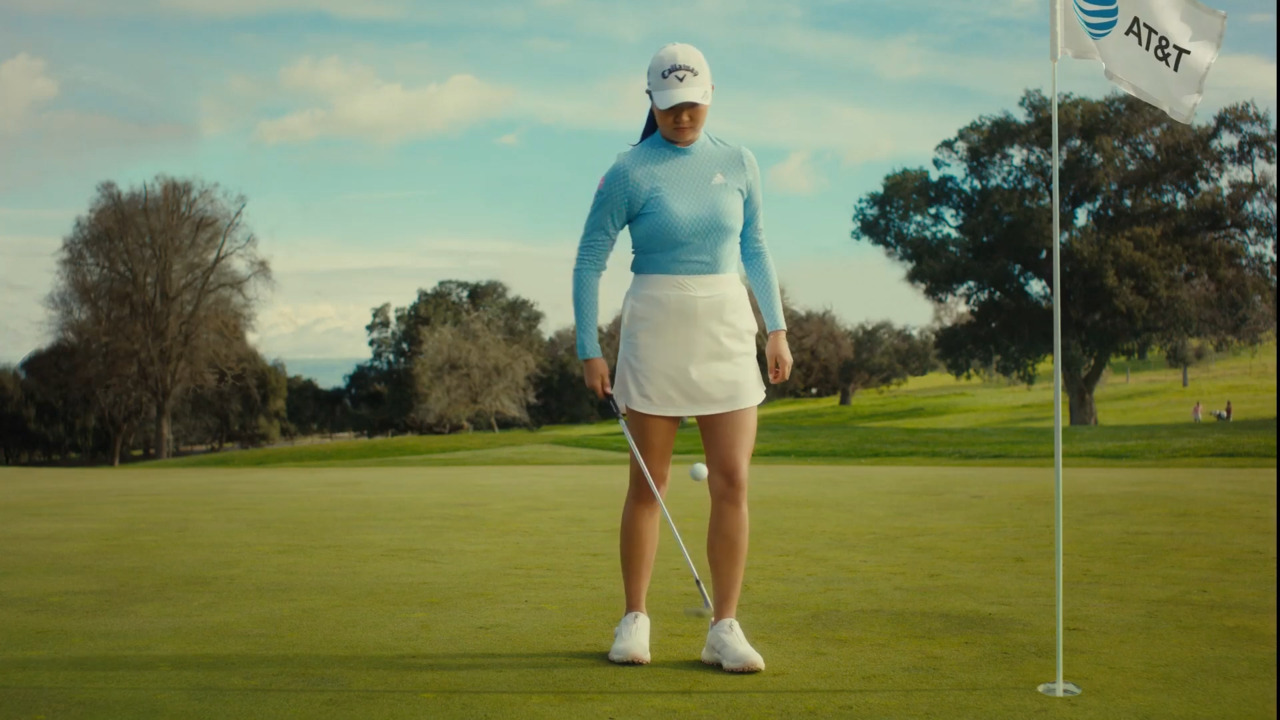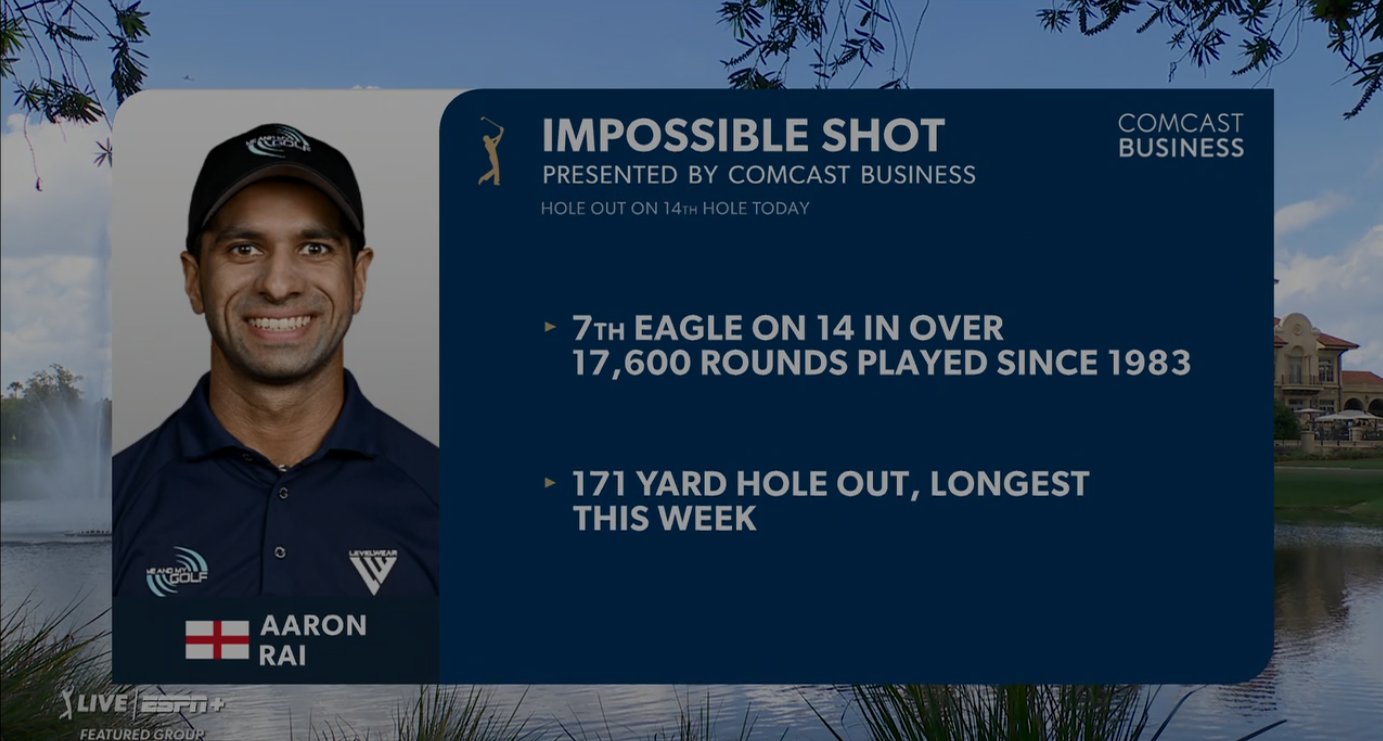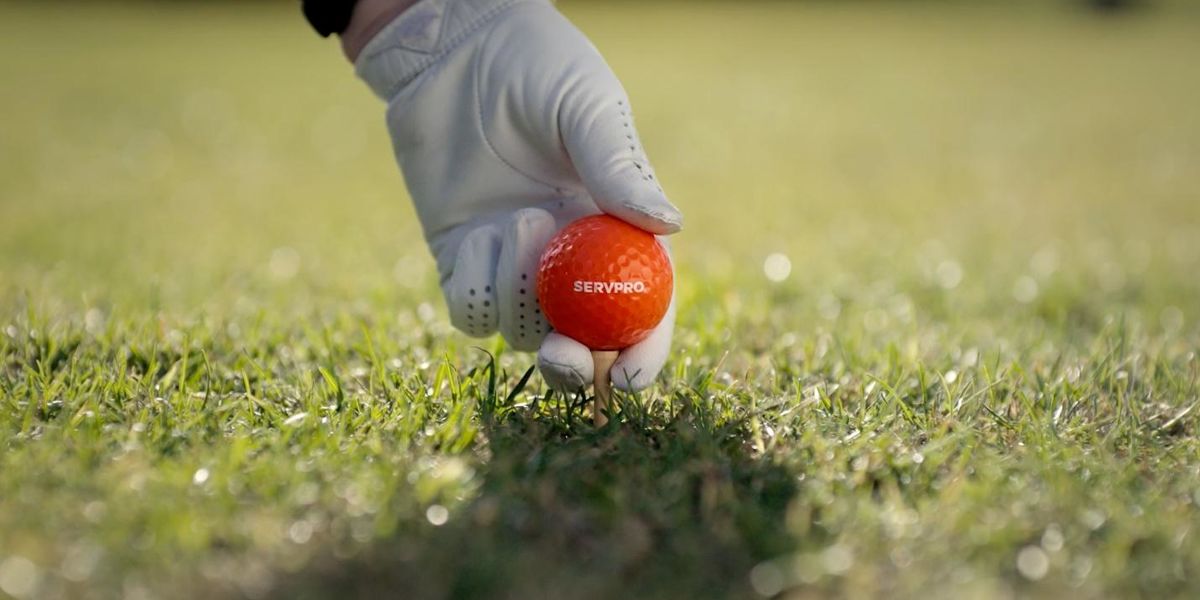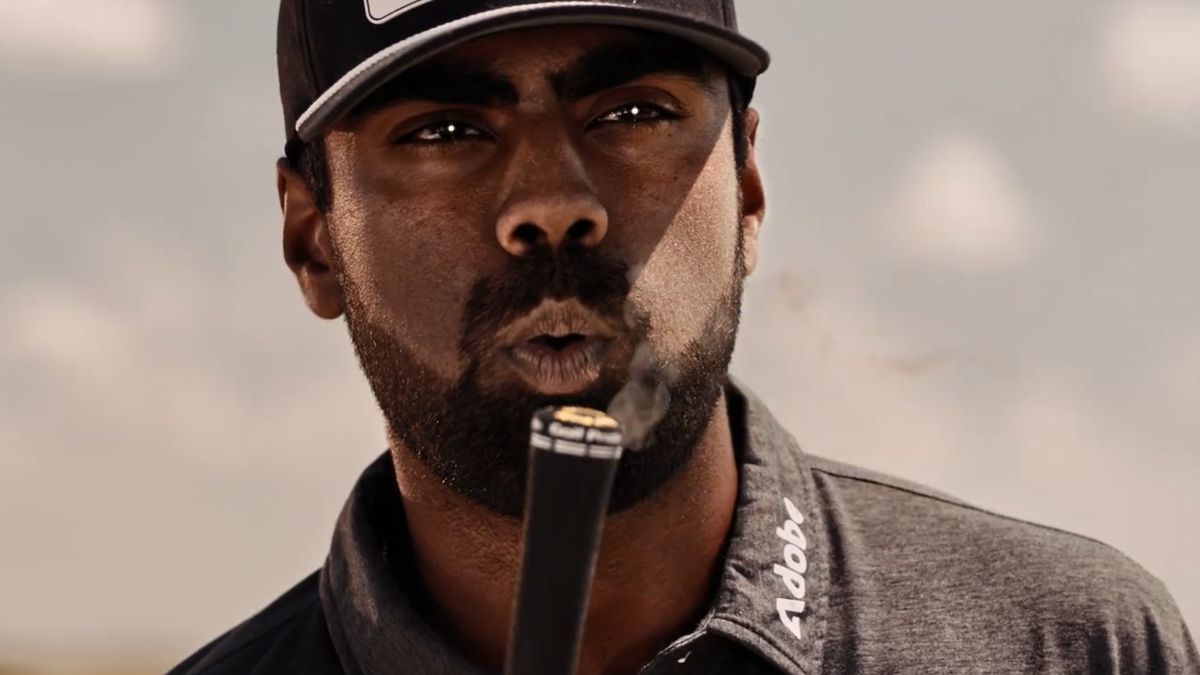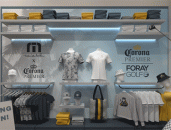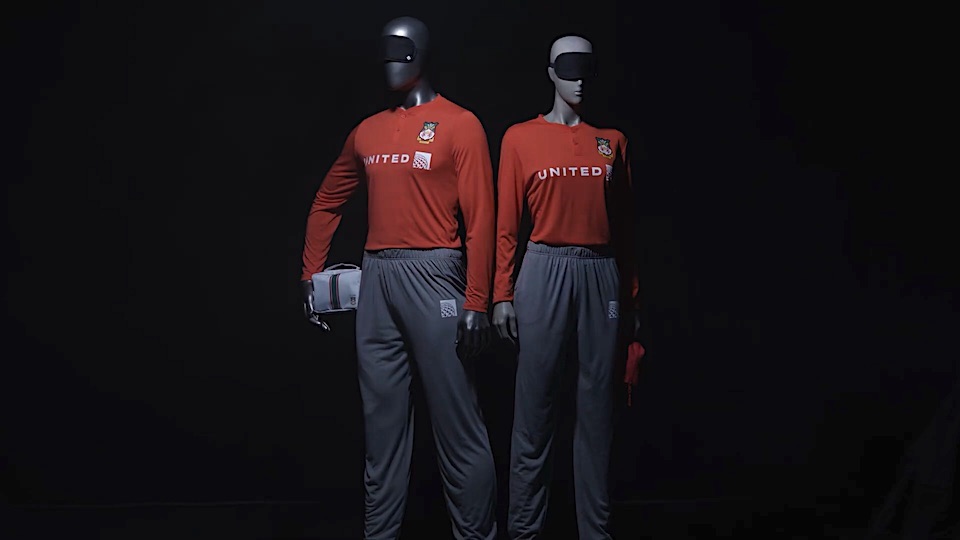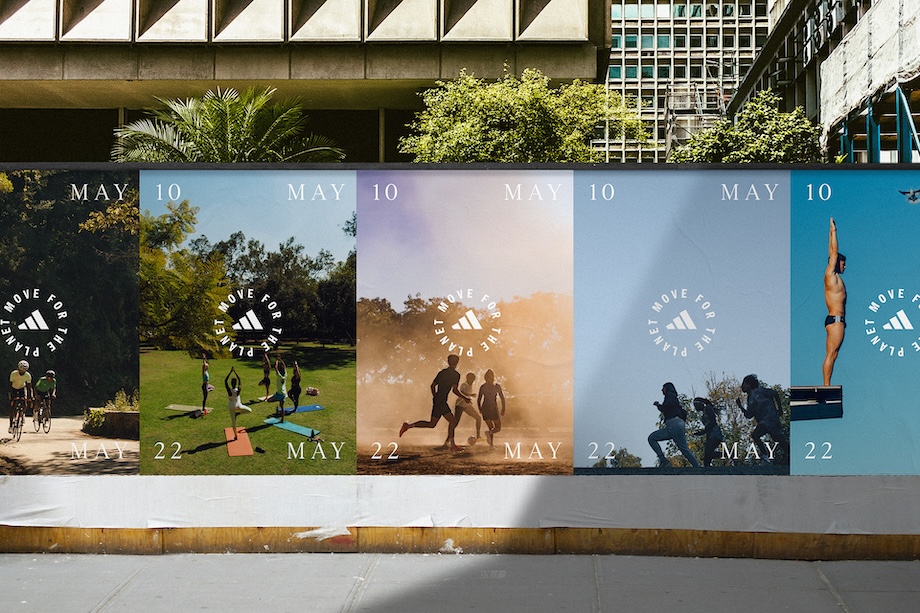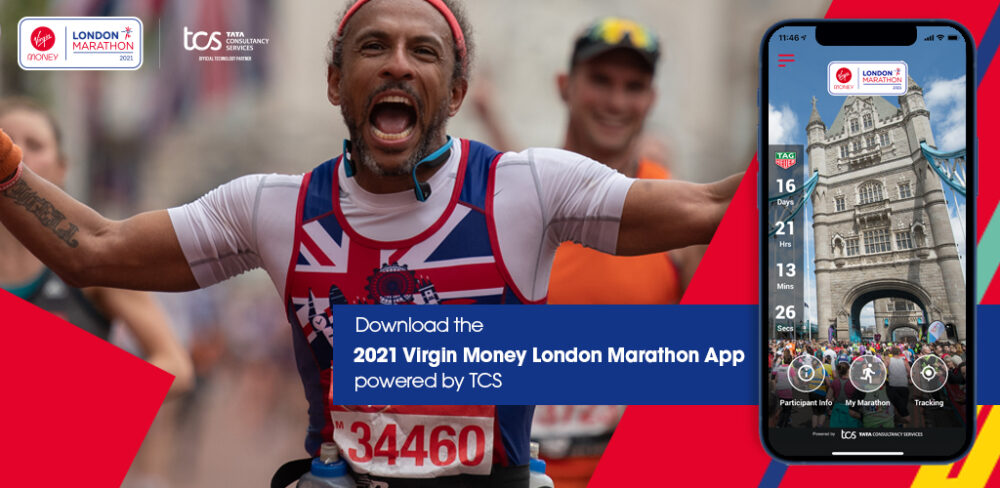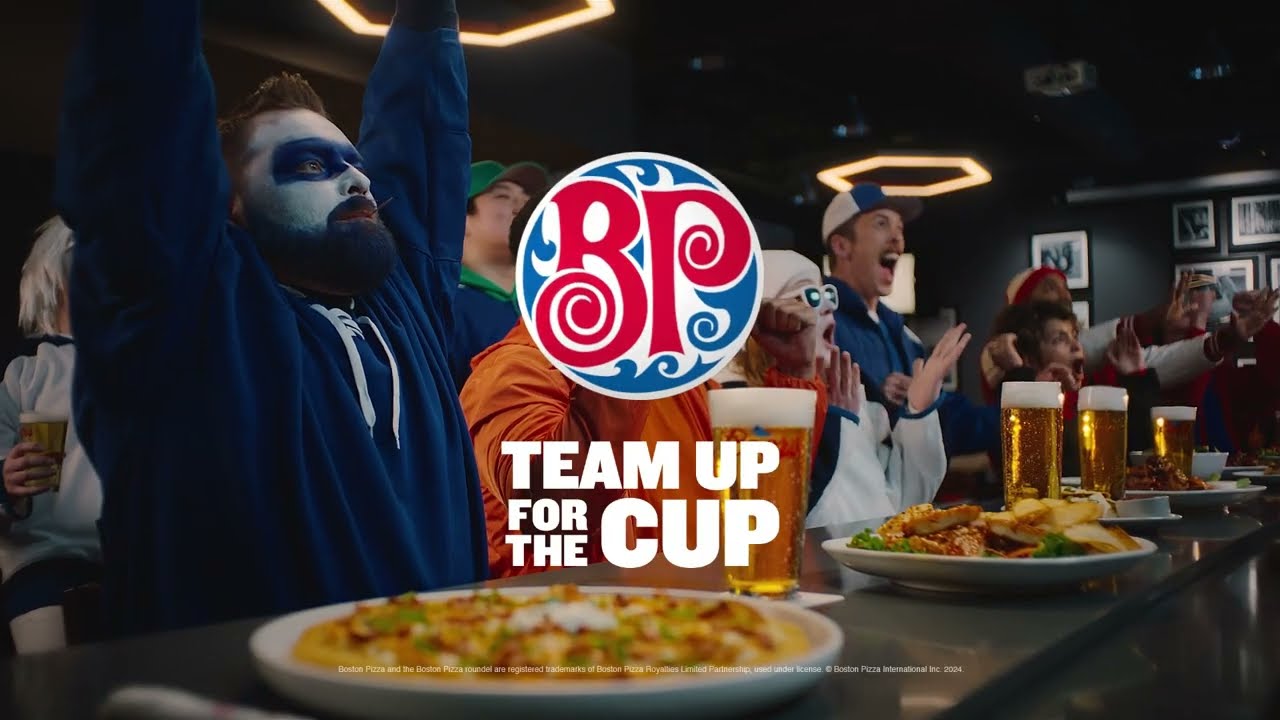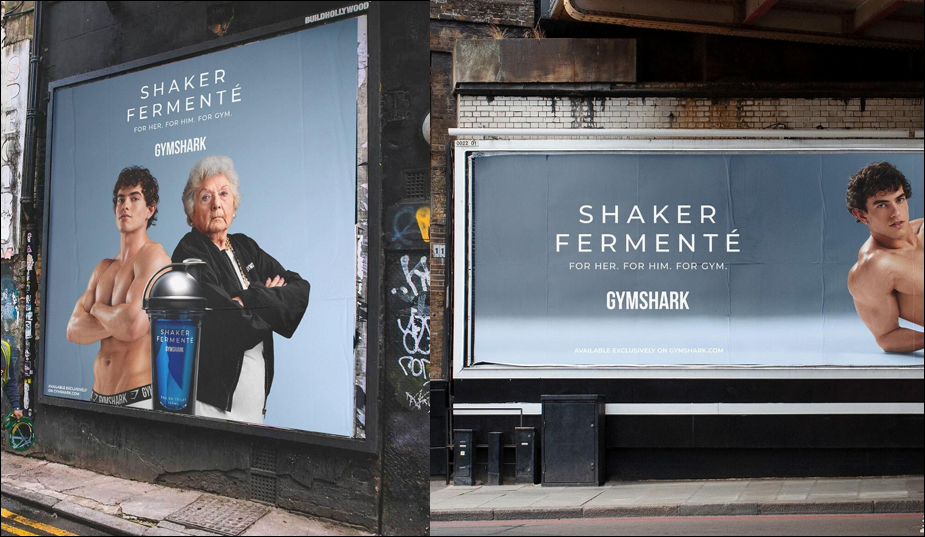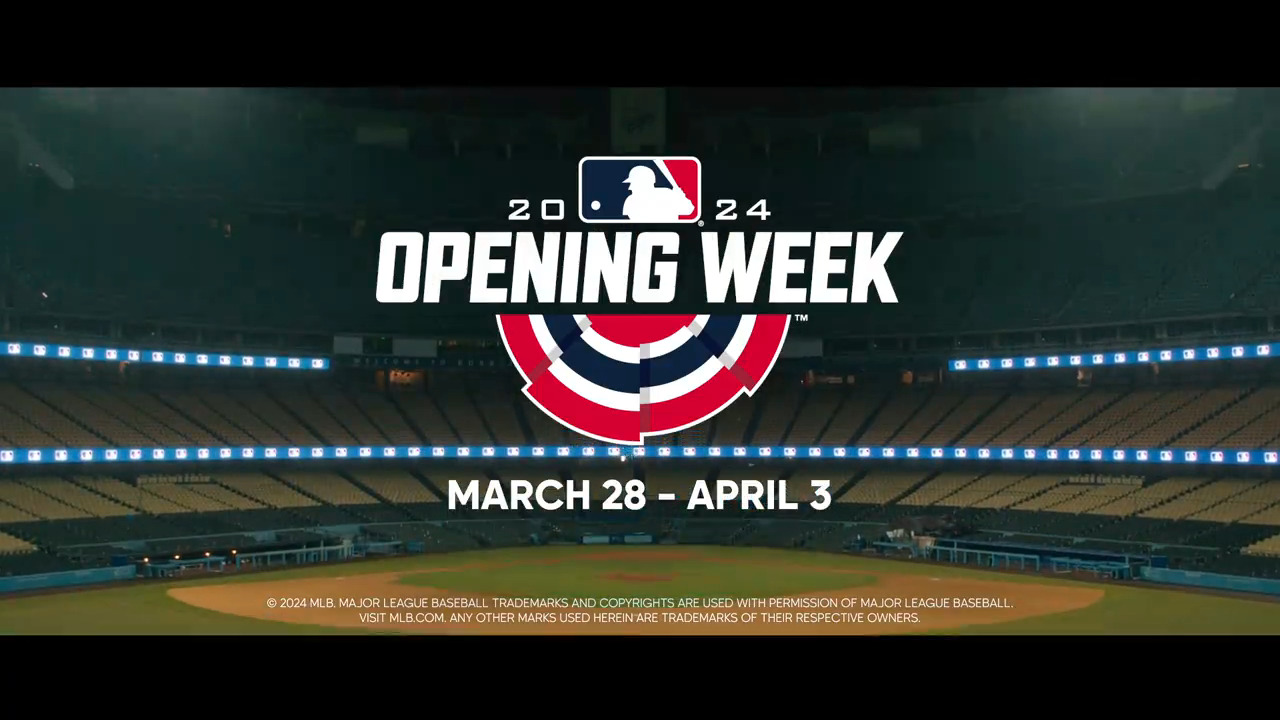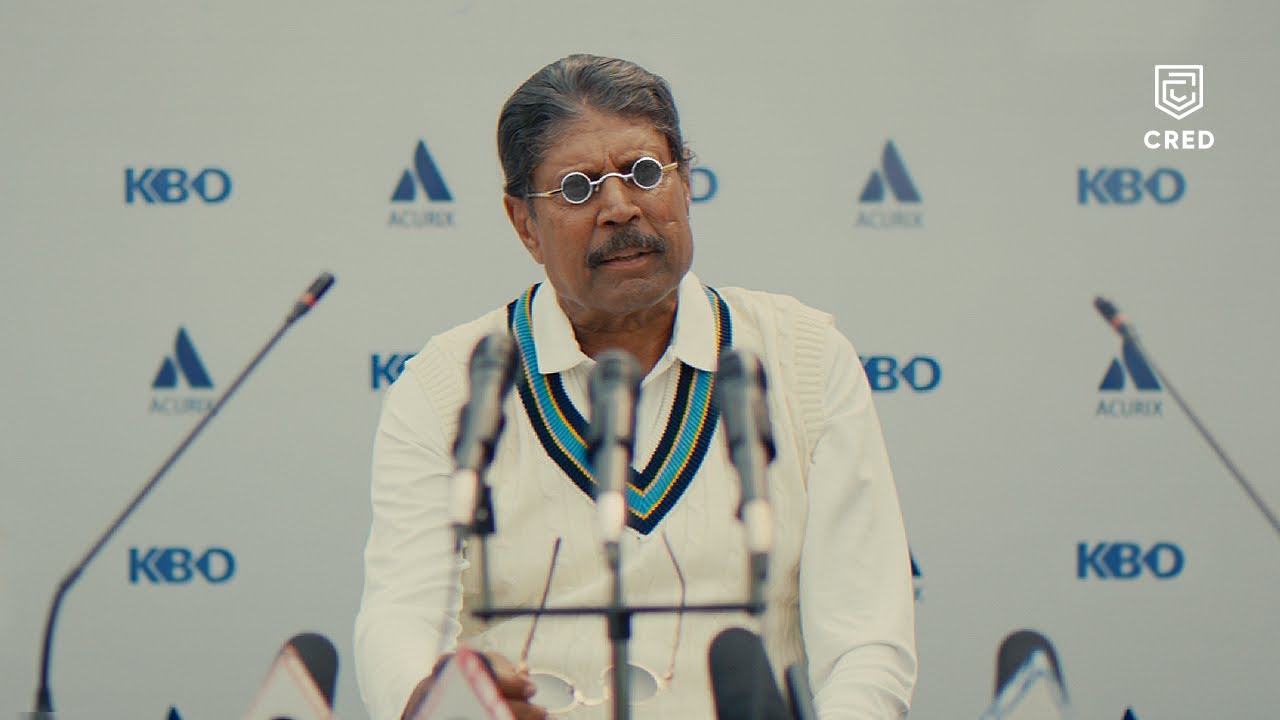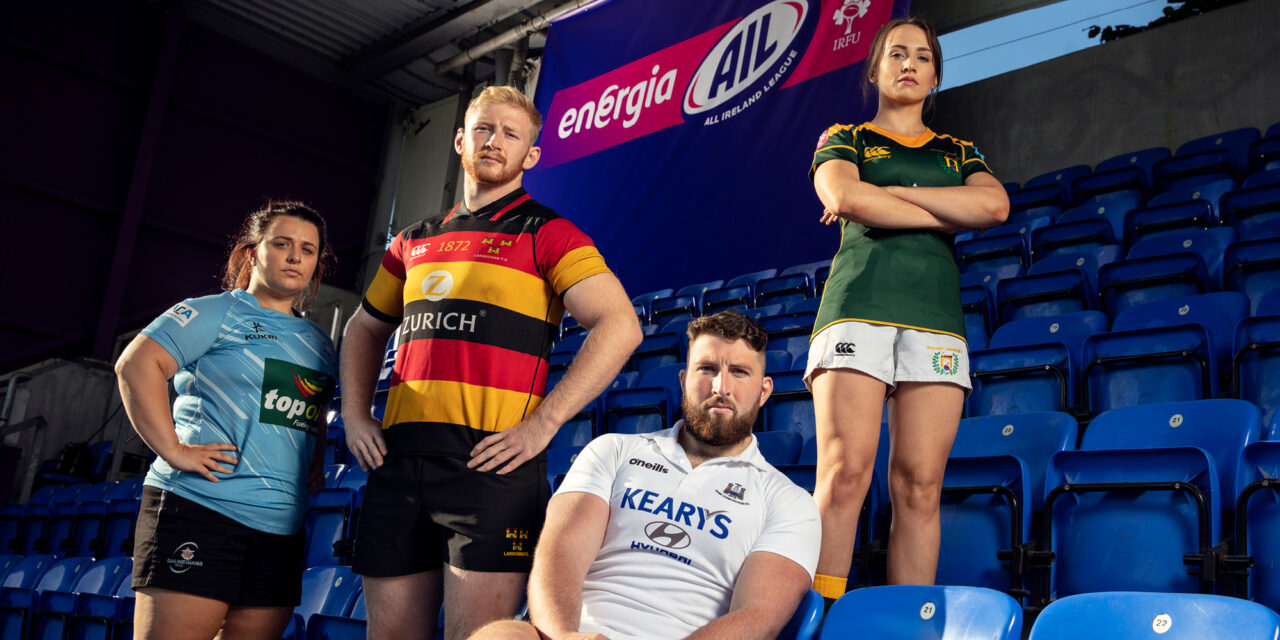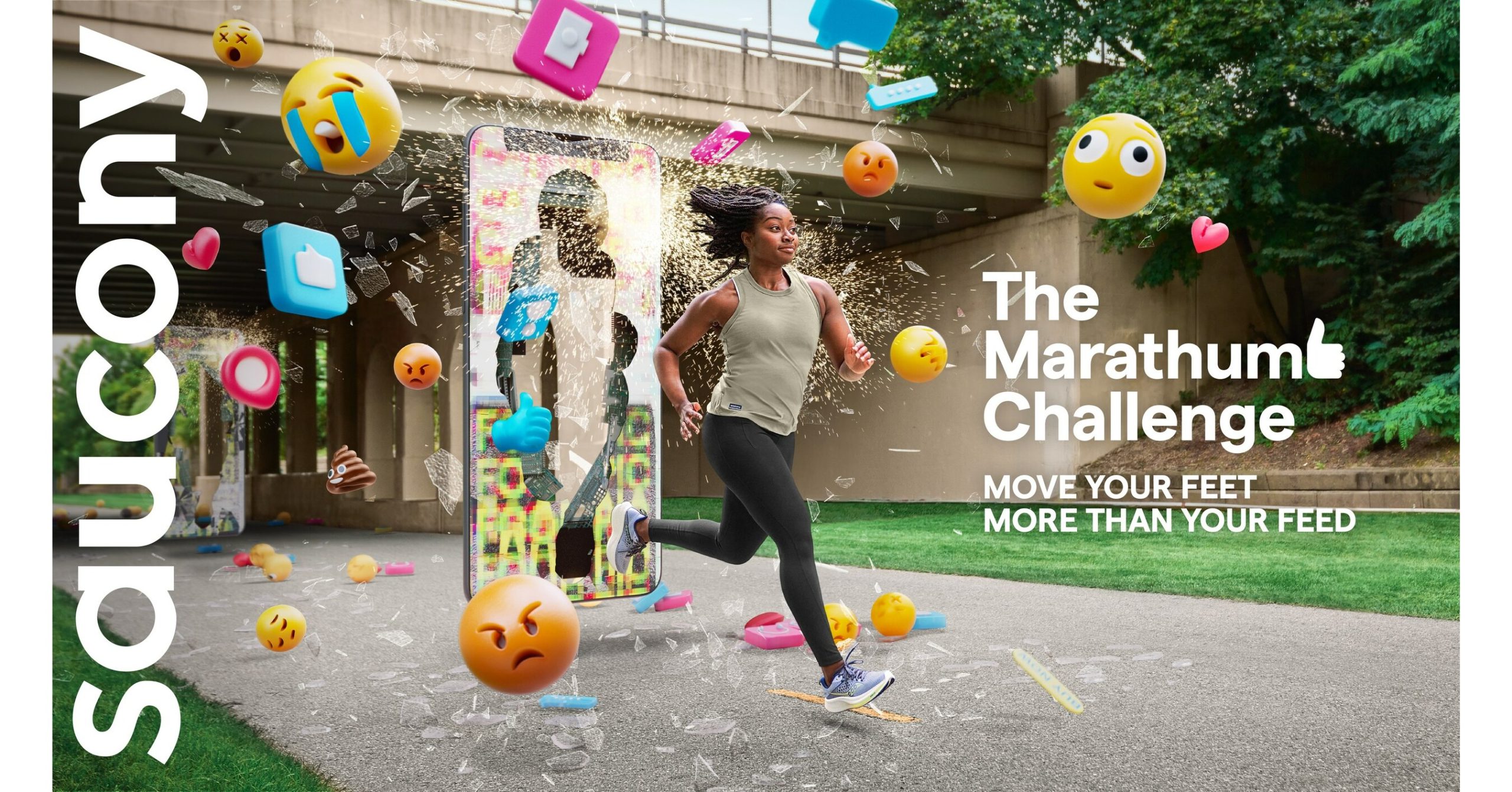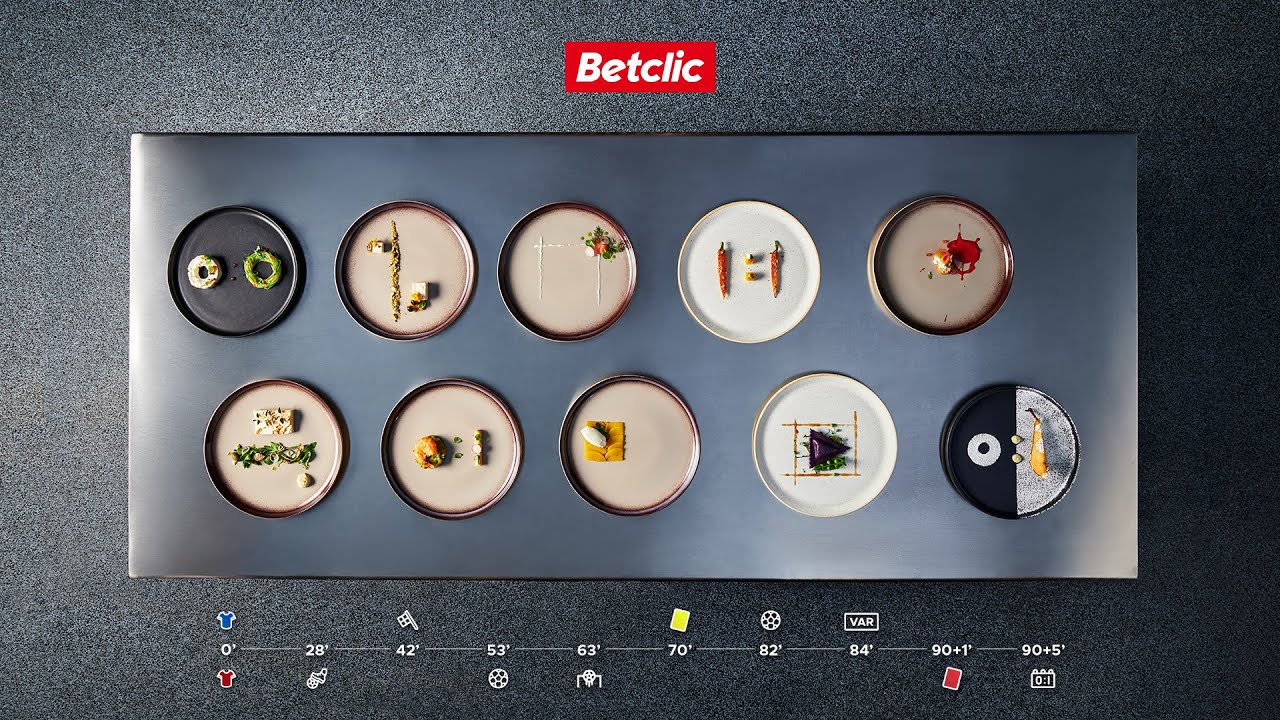There are two opinions about sponsorship and The Masters: one that the tournament is a property controlled beacon of traditional values ensuring the tournament isn’t ruined by corporate logos and marketing machinery, the other that it is an exclusive, elitist, sexist, old-fashioned 300-strong private members club run event based on secret handshakes resulting in non-negotiable private archaic advertising deals.
Which version is true?
Well, both are of course!
The 2016 Masters, the 80th edition of the tournament has just five official partners: three global sponsors (AT&T, IBM and Mercedes-Benz) and two international partners (Rolex and UPS).
Each is believed to invest more than $6m per year for a rights package that has infamously stringent rules limiting the brand’s abilities to associate with the tournament (including zero on-course logo signage).
The tournament’s strict policies not only forbid on-course logos, but also spectator (they call them ‘patrons’) cameras, phones and tablets.
What the five brands do get is a hospitality package and a share of the total four minutes of ads per broadcast hour on official media partner CBS’ tournament telecast.
IBM, which develops and maintains The Masters official website and apps and provides data services, in return is only allowed a small logo in the top right corner of each digital display (and the fans on-site can’t use/access these services anyway).
The sponsors are thus forced to seek alternative strategies to fully activate their rights – for example:
> IBM (and its ‘Watson & Me’ initiative) uses its sponsorship to showcase how it helps clients outperform competitors in a rapidly changing technological world.
> Mercedes (with its ‘Drive To Victory’ campaign)and Rolex (with its ‘More Than A Game’ work) base their associations around the global prestige and perfection they believe their products share with the property.
> AT&T (and its ‘Power Of &’ campaign) sees The Masters as a platform to continue to drive its B2B services (which now account for more than half of its total revenue.
> While UPS, which also focuses on using the tournament to engage business decision makers, this year launches its global grassroots Bags4Birdies golf access initiative at The Masters.
So why do these brands spend so much for so little?
Because The Masters offers a rare opportunity to reach an exclusive group of business owners, corporate decision makers and high net worth individuals.
Golf’s elite, wealthy fanbase holds the appeal.
Just consider for a moment that more than 2,500 planes come through Augusta in Masters week bringing the super rich and the corporate titans to the course.
The Masters encapsulates everything that is right and everything that is wrong with golf.
And it is everything that is wrong that ought to be striking fear into everyone vinvolved in the game – including the 300 members of Augusta.
Golf is dying. It is in a seemingly irreversible decline as courses close and participation falls and the new generation of millennials and the next generation of kids turn their backs on the sport.
And yet, despite these problems, for this elite group of sponsors, it doesn’t seem to matter.
In fact, the strategy behind these partnerships is based on the very things that are killing the game.
Golf is commitment suicide and The Masters and its sponsors are not only leading the way, but also they don’t seem to care.

